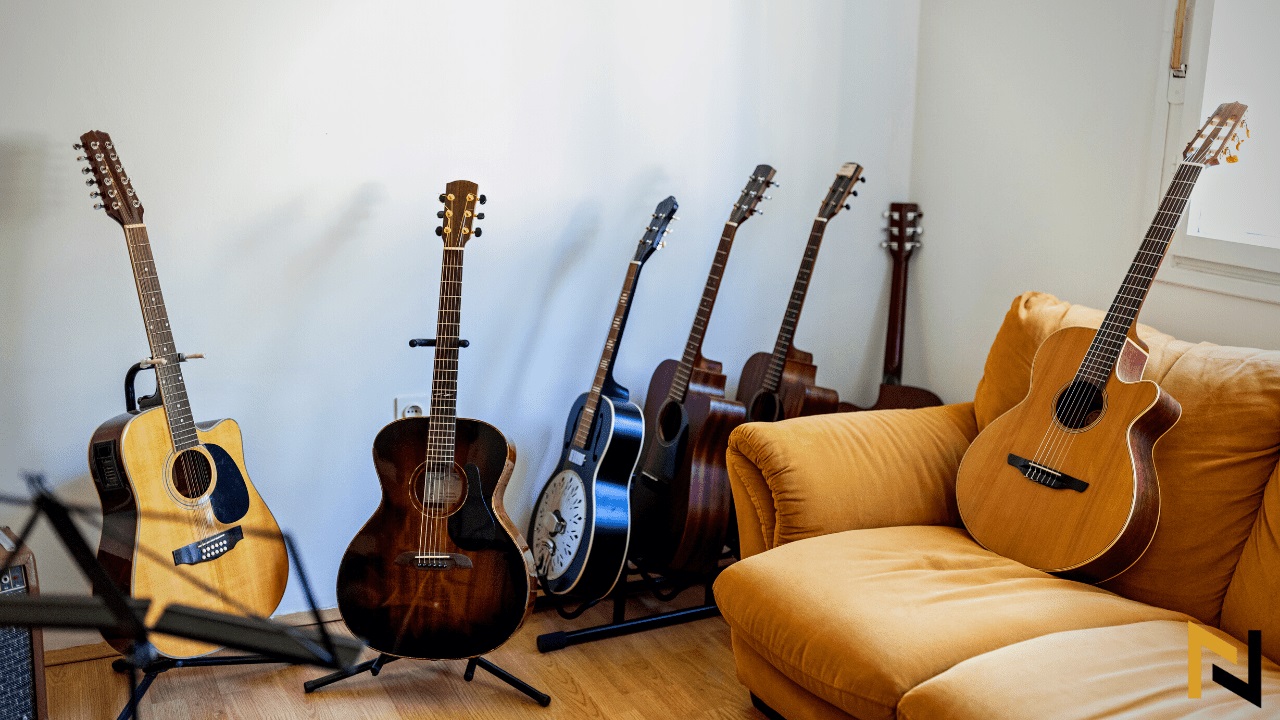

Articles
How To Store A Guitar
Modified: January 6, 2024
Discover useful articles on how to properly store your guitar and keep it in perfect condition. Learn about the best techniques and tips from experts.
(Many of the links in this article redirect to a specific reviewed product. Your purchase of these products through affiliate links helps to generate commission for Storables.com, at no extra cost. Learn more)
Introduction
When it comes to guitars, proper storage is essential to maintain their condition and longevity. Whether you’re a professional musician or a casual player, knowing how to store your guitar correctly will ensure that it stays protected and ready to play whenever you pick it up.
A guitar is not just an instrument; it’s an investment of both time and money. So, taking the necessary steps to store it properly will help preserve its value and minimize the risk of damage that can occur during long periods of storage.
In this article, we’ll explore the best practices for storing your guitar to keep it in optimal condition. From choosing the right guitar case to maintaining a suitable environment, we’ll cover all the crucial aspects that will help you safeguard your prized instrument.
So, whether you’re storing your guitar for a short period or an extended duration, let’s delve into the world of guitar storage and ensure that your instrument remains in pristine condition.
Key Takeaways:
- Proper guitar storage involves choosing the right case, preparing the instrument, and maintaining a temperature-controlled environment to protect it from damage caused by sunlight and humidity.
- Regular maintenance, including string care, fretboard cleaning, and hardware inspection, is crucial for preserving the playability and condition of your guitar over time.
Read more: How To Store Guitars
Choosing the Right Guitar Case
When it comes to storing your guitar, using a suitable guitar case is of utmost importance. A good quality case will offer protection against dust, humidity, temperature fluctuations, and physical damage. Here are a few key factors to consider when selecting the right guitar case for storage:
- Type: There are different types of guitar cases available, including hardshell cases, softshell cases, and gig bags. Hardshell cases provide the most robust protection, while softshell cases are more lightweight and convenient for transportation. Gig bags are ideal for short-term storage or frequent travel.
- Material: Pay attention to the materials used in the construction of the case. Hardshell cases are typically made of durable materials like wood, fiberglass, or ABS plastic, ensuring excellent protection for your guitar. Softshell cases may feature sturdy fabrics like nylon or canvas, which offer reasonable protection against light bumps and scratches.
- Padding and Interior: Look for cases with ample padding to cushion your guitar. The padding should be thick enough to absorb shocks and prevent any movement within the case. Additionally, check for a plush or soft interior lining to prevent scratches on the guitar’s finish.
- Fits Your Guitar: Ensure that the case is compatible with the specific dimensions and shape of your guitar. Some cases are designed for certain guitar styles like dreadnought, classical, or electric. Make sure your guitar fits snugly inside without excessive movement.
- Latches and Locking Mechanisms: Look for sturdy latches and locking mechanisms to keep the case securely closed. This will prevent accidental openings and ensure that your guitar remains protected at all times.
Investing in a high-quality guitar case that meets your storage needs is a crucial step in preserving your instrument. It provides a safe and secure environment, shielding your guitar from potential hazards during storage.
Preparing Your Guitar for Storage
Before you store your guitar, it’s essential to prepare it properly to prevent any potential damage. Here are some steps to follow:
- Cleaning and Polishing: Start by giving your guitar a thorough cleaning. Use a soft cloth or microfiber cloth to remove any dust, dirt, or fingerprints from the body, neck, and fretboard. You can use a guitar cleaning solution or a mild soap solution with water if necessary. After cleaning, apply a guitar polish to restore its shine and protect the finish.
- Loosening the Strings: It’s advisable to loosen the guitar strings before storage. This helps to relieve tension on the neck and prevents potential damage to the instrument. However, avoid loosening them too much as it can cause the strings to become too slack and lose their tension over time.
- Adding Padding and Protection: Place a soft cloth or a guitar-specific padding material between the strings and the fretboard to protect them from accidental damage. You can also use a neck support or a guitar pillow to provide additional cushioning and support to the neck and headstock.
- Removing the Guitar Strap: If your guitar is equipped with a strap, remove it before storing. Leaving the strap attached can put unnecessary stress on the guitar’s body and potentially cause it to distort or warp over time.
- Securing Moving Parts: If your guitar has any movable parts, such as tremolo systems or pickup switches, ensure that they are secure and in their resting positions. This will prevent them from getting accidentally bumped or damaged during storage.
- Protecting the Hardware: Use a light coating of guitar-specific lubricant on metal hardware, such as tuning pegs and bridge saddles, to prevent rusting and corrosion. This will ensure smooth functionality when you retrieve your guitar from storage.
By following these steps, you’ll ensure that your guitar is clean, protected, and ready for storage. Taking the time to properly prepare your instrument will greatly reduce the risk of damage and maintain its quality while it’s not in use.
Cleaning and Polishing
Keeping your guitar clean and polished is not only essential for its aesthetic appeal but also plays a crucial role in its overall maintenance. Here are some guidelines for cleaning and polishing your guitar:
1. Choose the Right Cleaning Products: Use guitar-specific cleaning solutions or mild soap solutions with water to clean your instrument. Avoid using harsh or abrasive chemicals that can damage the finish or hardware. Additionally, make sure to use soft, lint-free cloths or microfiber cloths for wiping and cleaning.
2. Start with the Body: Begin by gently wiping the body of the guitar with a clean, slightly damp cloth. This will remove any surface dust or dirt. Pay attention to areas such as the bridge, pickups, and control knobs. For stubborn dirt or grime, dampen the cloth slightly more or use a mild soap solution. However, be cautious not to oversaturate the wood.
3. Clean the Fretboard: The fretboard requires specific attention as it accumulates dirt and sweat from playing. Use a separate clean cloth or a specialized fretboard cleaning tool to remove any grime. You can also apply a small amount of lemon oil or fretboard conditioner to nourish and protect the wood. Be sure to follow the manufacturer’s instructions and avoid excessive use of oil or conditioner as it can cause buildup.
4. Polish the Body: Once the guitar is clean, it’s time to polish the body. Apply a small amount of guitar-specific polish to a clean cloth and gently buff the surface in circular motions. This will help restore the shine and protect the finish of the guitar. Avoid applying excessive pressure and always use a gentle touch.
5. Polish Hardware and Strings: Don’t forget to give attention to the metal hardware and strings. Use a separate cloth to polish the hardware and remove any fingerprints or tarnish. You can also apply a small amount of metal polish if necessary. For the strings, gently wipe them down with a cloth after each playing session to remove any accumulated sweat or oil.
6. Regular Maintenance: Cleaning and polishing your guitar should be a regular part of your maintenance routine, even when not in storage. By keeping your instrument clean, you prevent the accumulation of grime and maintain its overall appearance and performance.
Remember, always follow the manufacturer’s instructions and take precautions when using any cleaning or polishing products. With proper cleaning and regular maintenance, your guitar will look and sound its best, ensuring prolonged enjoyment and longevity.
Loosening the Strings
Loosening the strings of your guitar before storing it is an important step to protect your instrument and ensure it remains in optimal condition. Here’s why and how to properly loosen the strings:
Why:
When you store your guitar with the strings at full tension, it can put unnecessary strain on the neck, potentially causing it to warp or bow over time. By loosening the strings, you relieve this tension and help maintain the structural integrity of the instrument.
How:
1. Start by tuning your guitar to the desired pitch. This will ensure that when you return to playing, you can easily bring it back into tune.
2. Begin loosening the strings one by one. Use the tuning knobs to turn the tension adjustment mechanism counterclockwise and gradually decrease the tension on each string.
3. Loosen the strings to a point where you can feel a significant decrease in tension but ensure that they are not entirely slack. You want to find a balance where there is some tension to help maintain the guitar’s shape without putting unnecessary strain on the neck.
4. Avoid loosening the strings too much, as this can cause them to become too slack and lose their tension over time. It’s important to strike a balance between relieving tension and maintaining some level of string tension.
5. Take note of the amount of slack in the strings but avoid leaving them loose for an extended period. If the strings are left too slack for too long, they can lose their elasticity and affect their playability when you restring the guitar.
Loosening the strings is a simple yet effective way to protect your guitar during storage. Remember to take care when restringing your guitar, ensuring that you bring the strings back to the proper tension and tune before playing it again.
By following this practice, you’ll help maintain the structural integrity and playability of your guitar, ensuring that it’s always ready for your next jam session or performance.
Store your guitar in a hard case or gig bag to protect it from dust, moisture, and accidental damage. Keep it in a cool, dry place away from direct sunlight and extreme temperatures. Loosen the strings to reduce tension on the neck when not in use.
Read more: How To Store Acoustic Guitar
Adding Padding and Protection
When it comes to storing your guitar, providing adequate padding and protection is crucial to prevent any accidental damage. Here are some key steps to consider:
1. Neck Support:
One important aspect of protecting your guitar during storage is providing proper neck support. This helps prevent any unnecessary strain on the neck and headstock, reducing the risk of warping or damage. You can use a guitar-specific neck support or a folded towel to provide cushioning and support.
2. String Protection:
To protect the strings from potential damage, consider placing a soft cloth or a piece of foam between the strings and the fretboard. This will help prevent accidental pressure or scratching while the guitar is in storage.
3. Using a Guitar Pillow:
A guitar pillow can be a great addition to your storage setup. It provides cushioning and support to the body of the guitar, helping to distribute weight evenly and prevent any pressure points. Place the guitar pillow inside the case to provide additional protection for the instrument.
4. Case Padding:
Check if your guitar case has sufficient padding. The padding should be firm enough to offer protection without being too tight. Ensure that the body and neck of the guitar are securely held in place within the case. If needed, you can add extra padding, such as foam inserts or soft fabric, to provide additional protection.
5. Bridge and Hardware Protection:
Pay attention to the guitar’s bridge and hardware. If you have a floating bridge or any delicate hardware, consider adding extra protection to prevent potential damage during storage. You can use foam or cloth to cover these areas and keep them safe from accidental bumps or scratches.
6. Storing Accessories:
If your guitar case has compartments or pockets, make sure to secure any accessories, such as picks, straps, or cables, properly. This will prevent them from moving around and potentially causing damage to the guitar or scratching its finish.
Remember, the goal is to provide a cushioned and protected environment for your guitar while it’s not in use. By taking these steps and adding the appropriate padding and protection, you’ll ensure that your instrument remains safe and ready to play whenever you retrieve it from storage.
Storing in a Temperature-Controlled Environment
Creating a temperature-controlled environment for storing your guitar is vital to ensure its long-term preservation. Fluctuations in temperature and humidity can cause significant damage to the instrument. Here are some guidelines to follow when it comes to storing your guitar in a temperature-controlled environment:
1. Optimal Temperature:
Keep your guitar in an environment with a stable temperature. Ideally, the temperature should be between 70°F (21°C) and 75°F (24°C). Avoid extreme temperature changes, as they can cause the wood to expand or contract, leading to cracks or warping. Avoid storing your guitar in areas prone to temperature fluctuations, such as attics or basements.
2. Ideal Humidity Level:
Maintaining the right humidity level is just as important as temperature control. The ideal humidity range for guitars is between 45% to 55%. High humidity levels can cause the wood to swell, leading to issues like string buzzing and neck warping. On the other hand, low humidity can cause the wood to dry out, leading to cracks. Use a hygrometer to monitor the humidity levels and consider using a humidifier or dehumidifier to maintain the optimum range if necessary.
3. Avoid Direct Sunlight:
Direct sunlight can cause the finish of your guitar to fade and can also cause fluctuations in temperature. Store your guitar away from windows or areas where it will be exposed to direct sunlight. Ultraviolet (UV) rays can be harmful to both the finish and wood of your instrument.
4. Adequate Ventilation:
Make sure the storage area has proper ventilation to prevent the buildup of moisture. Good air circulation will help maintain a stable environment and prevent the formation of mold or mildew. However, avoid storing your guitar near vents, heaters, or air conditioning units, as these can cause rapid changes in temperature and humidity.
5. Consider a Climate-Controlled Room or Case:
If you live in an area with extreme weather conditions, consider storing your guitar in a dedicated climate-controlled room or using a climate-controlled guitar case. These specialized cases regulate temperature and humidity levels, providing an optimal environment for your instrument’s storage.
6. Regular Monitoring:
Regularly monitor the temperature and humidity levels in the storage area to ensure they remain within the recommended range. Check the hygrometer readings and make necessary adjustments if there are any significant changes. This will help you detect and address any fluctuations that could potentially harm your guitar.
By providing a temperature-controlled environment for your guitar storage, you’ll minimize the risk of damage and ensure its longevity. Investing in proper storage conditions will protect your instrument’s structural integrity, tone, and overall playability.
Avoiding Direct Sunlight and Humidity
Protecting your guitar from direct sunlight and excessive humidity is essential for maintaining its condition and preserving its sound quality. Here are some crucial steps to take to avoid potential damage caused by sunlight and humidity:
1. Direct Sunlight:
Exposure to direct sunlight can cause considerable harm to your guitar. UV rays can fade the finish, warp the wood, and even cause cracking. Here’s how you can avoid direct sunlight:
- Store your guitar in a case or a dedicated storage area away from windows or areas prone to direct sunlight.
- If you must display your guitar in a well-lit room, use blinds, curtains, or UV-blocking window film to reduce the amount of sunlight that reaches the instrument.
- If you’re taking your guitar to a sunny outdoor event or performance, consider using a guitar canopy or cover to shade it from direct sunlight.
2. Humidity:
High or low humidity levels can have a significant impact on your guitar. Excessive humidity can cause the wood to swell, leading to structural issues, while low humidity can cause the wood to dry out and potentially crack. Here’s how you can manage humidity:
- Use a hygrometer to monitor the humidity levels in the storage area regularly.
- Maintain a humidity level between 45% to 55%, as this range is optimal for most guitars.
- Consider using a guitar humidifier or dehumidifier to regulate the humidity, especially during periods of extreme weather conditions.
- Avoid storing your guitar in areas prone to high humidity, such as basements or damp rooms, as this can cause irreversible damage to the instrument.
3. Protective Covers:
Using a guitar cover or case when transporting or storing your instrument can offer an additional layer of protection against both direct sunlight and humidity. Look for cases or covers that include UV protection and have a humidity control feature or built-in humidification system.
4. Regular Maintenance:
Regularly inspect and clean your guitar to identify any signs of damage or changes caused by sunlight or humidity. Wipe down your guitar after each playing session to remove any sweat or moisture that may have accumulated.
5. Climate-Controlled Storage:
If you live in a region with extreme weather conditions, consider investing in a climate-controlled storage area or guitar case. These specialized solutions help regulate both temperature and humidity, providing the ideal environment for guitar storage.
By avoiding direct sunlight and maintaining proper humidity levels, you’ll protect your guitar from potential damage and ensure its longevity and performance for years to come.
Regular Check-ups and Maintenance
To keep your guitar in optimal condition, it’s essential to incorporate regular check-ups and maintenance into your routine. By doing so, you can identify and address any issues early on, preventing them from developing into more significant problems. Here are some key areas to focus on for regular guitar maintenance:
1. String Care:
Regularly inspect your guitar strings for signs of wear, such as rust, discoloration, or dead spots. Wipe down the strings with a clean cloth after each playing session to remove accumulated sweat and oil which can degrade the strings’ lifespan. Additionally, replace your strings periodically to maintain optimal tone and playability.
2. Fretboard Cleaning:
Keep your fretboard clean and free from dirt and grime buildup. Use a soft, damp cloth or specialized fretboard cleaning solution to remove excess dirt. Apply a small amount of lemon oil or fretboard conditioner to restore and moisturize the wood, as needed. Be cautious not to oversaturate the wood and follow manufacturer guidelines for any cleaning products.
3. Action and Intonation:
Regularly check the action and intonation of your guitar. Action refers to the distance between the strings and the fretboard, while intonation refers to the accuracy of the guitar’s pitch across the fretboard. Adjustments may be necessary if you notice buzzing strings, difficulty in playing, or intonation issues. Consult a professional guitar technician if you’re unsure how to make these adjustments yourself.
4. Hardware and Electronics:
Inspect the hardware components of your guitar, such as tuners, nuts, and bridge, for any signs of loose screws or issues. Additionally, check the electronics, such as pickups and controls, for any connectivity or sound-related problems. Clean the hardware using a soft cloth, and if necessary, apply a small amount of lubricant to keep them functioning smoothly.
5. Check for Cracks and Structural Issues:
Regularly examine your guitar for any visible cracks, dings, or structural issues. Pay attention to the body, neck, and headstock. If you notice any damage or abnormalities, consult a professional guitar technician for assessment and repair.
6. Maintain Proper Storage:
Ensure that you’re storing your guitar correctly in a temperature-controlled and humidity-regulated environment, as discussed in earlier sections. This helps in the prevention of warping, cracking, or other damage caused by environmental factors.
7. Professional Maintenance:
Periodically, consider taking your guitar to a professional technician for a comprehensive setup, cleaning, and inspection. They have the expertise to assess and address any underlying issues that may require professional attention.
By incorporating regular maintenance into your guitar care routine, you’ll maintain the instrument’s playability, sound quality, and condition over the long term. A well-maintained guitar will not only provide you with optimal performance but also retain its value for future enjoyment or potential resale.
Read more: How To Store Electric Guitar
Conclusion
Caring for your guitar goes beyond just playing it—it’s about ensuring its longevity and protecting your investment. Proper storage techniques and regular maintenance are vital to keep your guitar in optimal condition. By following the guidelines discussed in this article, you can ensure that your instrument remains protected and ready to play whenever you pick it up.
Choosing the right guitar case is the first step in safeguarding your guitar. Whether it’s a hardshell case, softshell case, or gig bag, make sure it provides adequate protection and fits your guitar well.
Preparing your guitar for storage involves cleaning and polishing it, loosening the strings to relieve tension on the neck, and adding padding and protection to prevent accidental damage. Taking these steps will help maintain the instrument’s appearance and functionality.
Storing your guitar in a temperature-controlled environment is crucial. Avoid direct sunlight, as it can fade the finish and cause temperature fluctuations. Additionally, maintain optimal humidity levels to prevent wood damage caused by expansion or drying out.
Regular check-ups and maintenance are necessary to catch any issues early on. Take care of your guitar strings, clean the fretboard, check the action and intonation, inspect the hardware, and address any visible cracks or structural issues. Consulting a professional guitar technician when needed will ensure your guitar receives proper care and attention.
In conclusion, properly storing and maintaining your guitar is essential for its longevity and performance. By following the practices outlined in this article, your guitar will be protected from potential damage caused by sunlight, humidity, and neglect. So, take the time and effort to care for your instrument, and it will reward you with beautiful sounds for years to come.
Frequently Asked Questions about How To Store A Guitar
Was this page helpful?
At Storables.com, we guarantee accurate and reliable information. Our content, validated by Expert Board Contributors, is crafted following stringent Editorial Policies. We're committed to providing you with well-researched, expert-backed insights for all your informational needs.
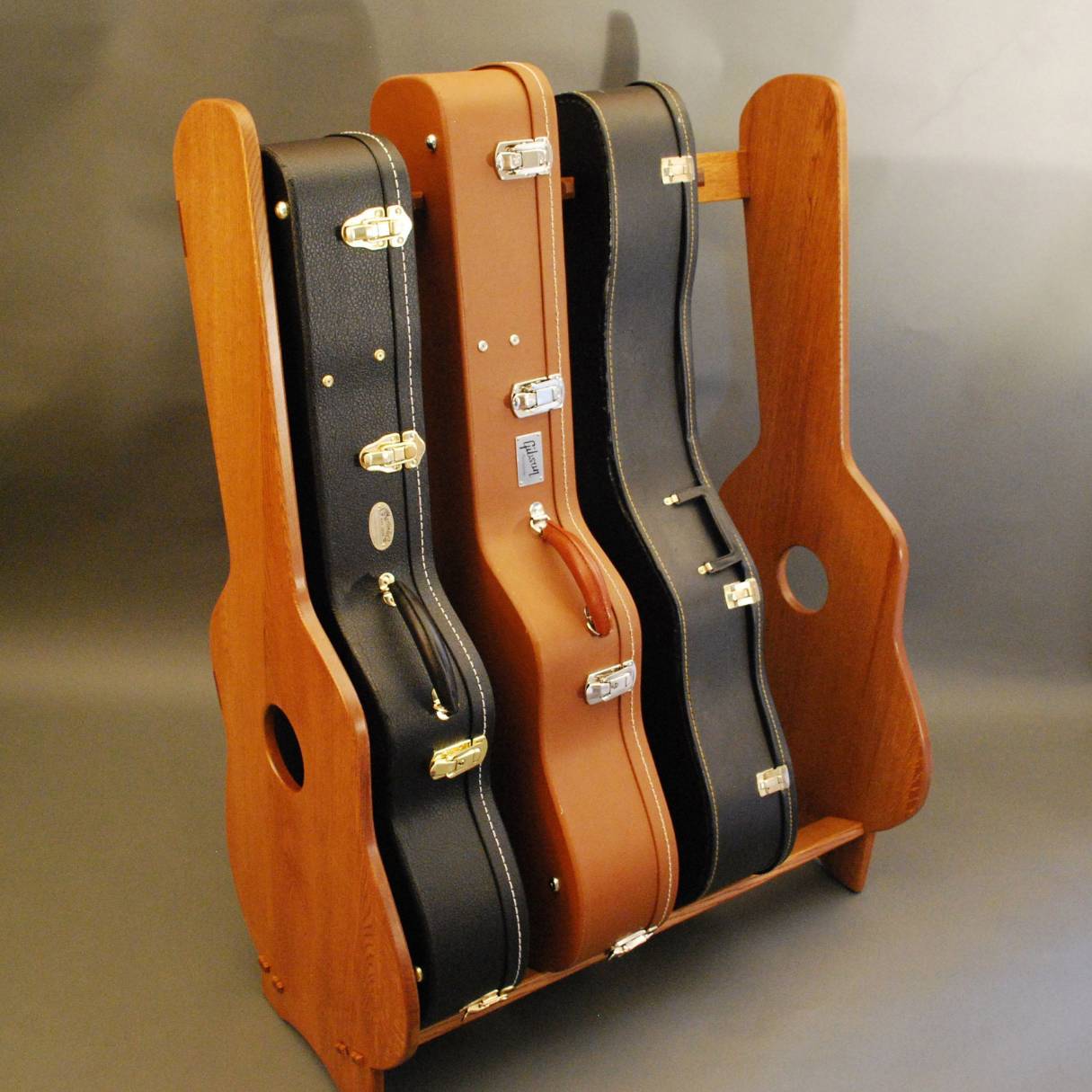
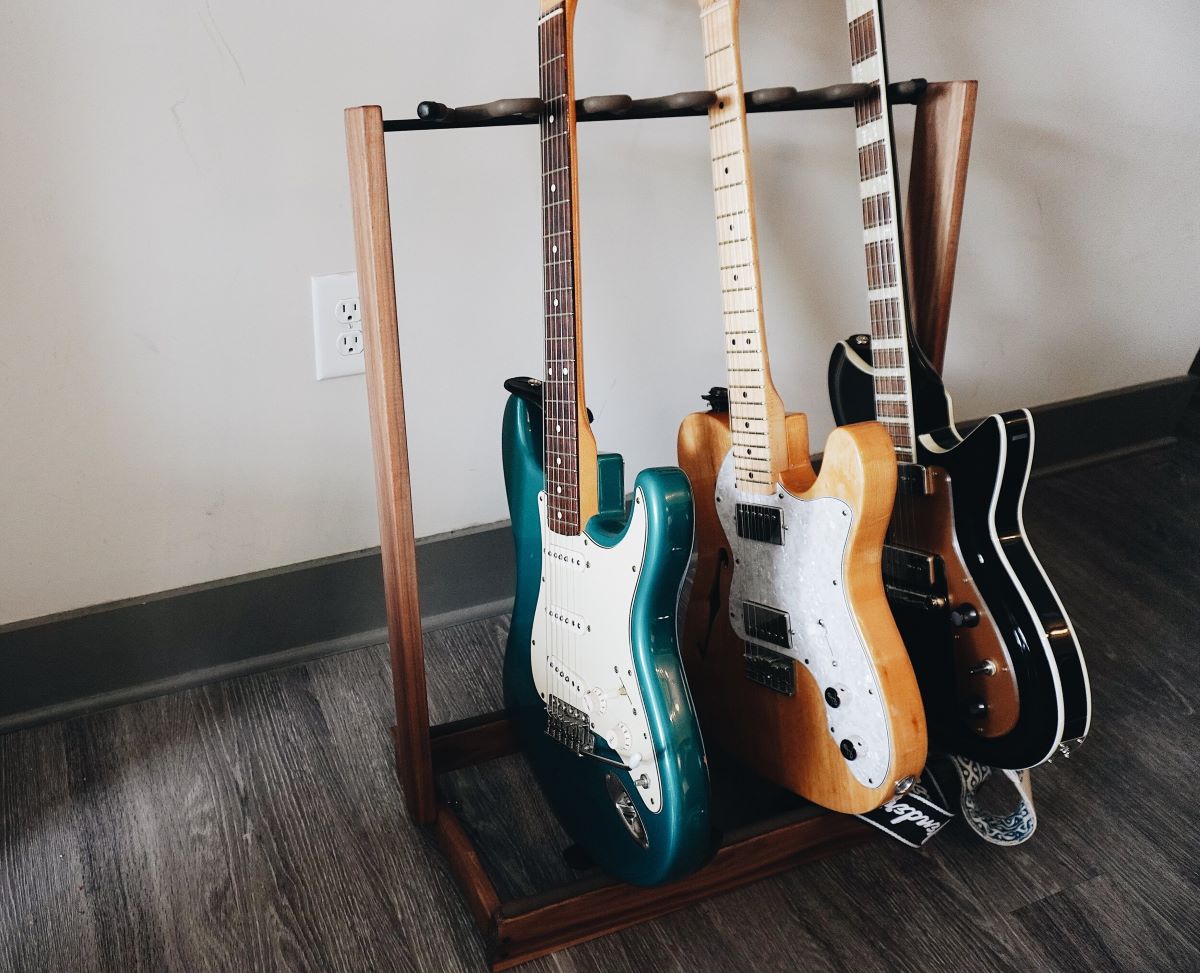
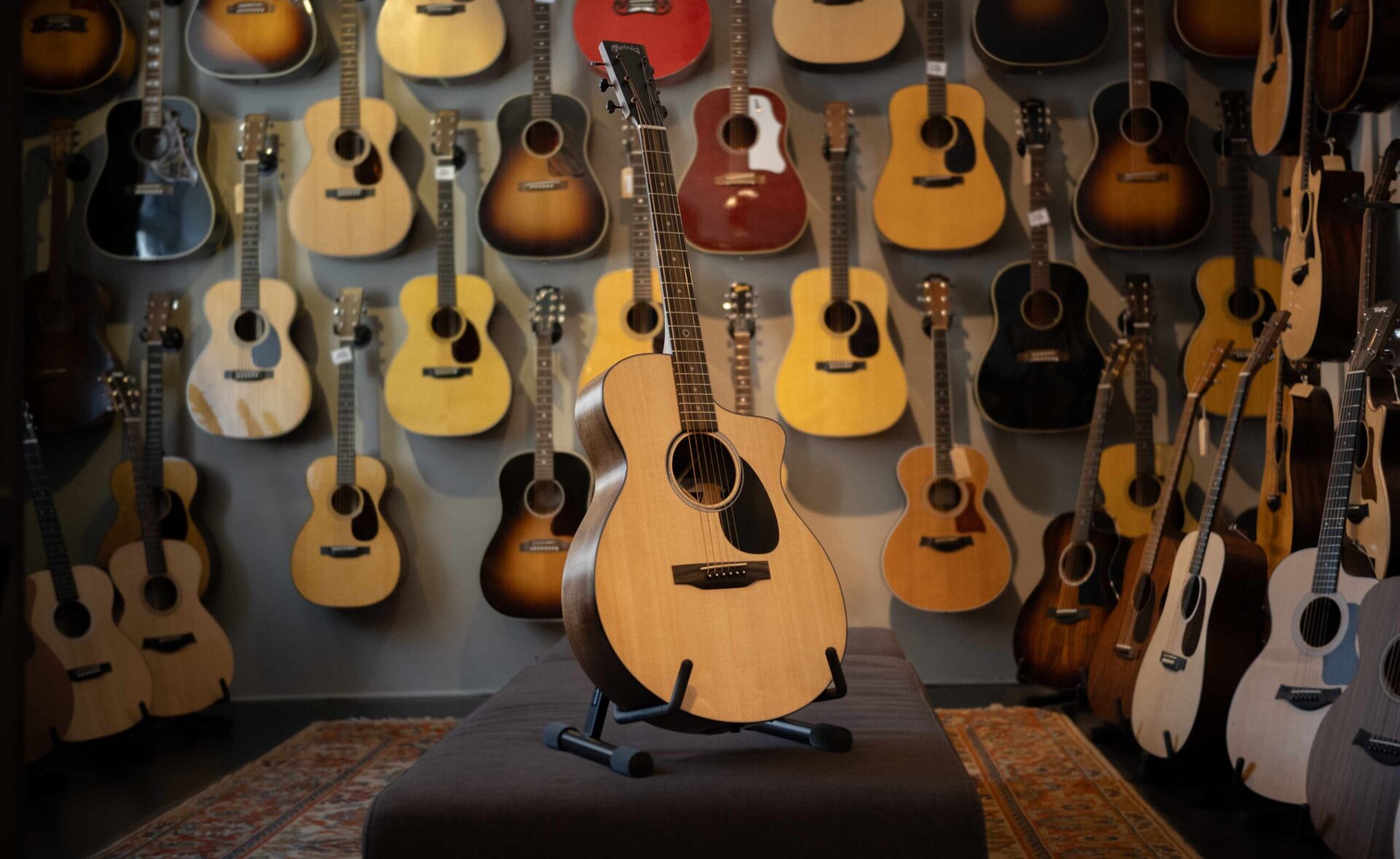
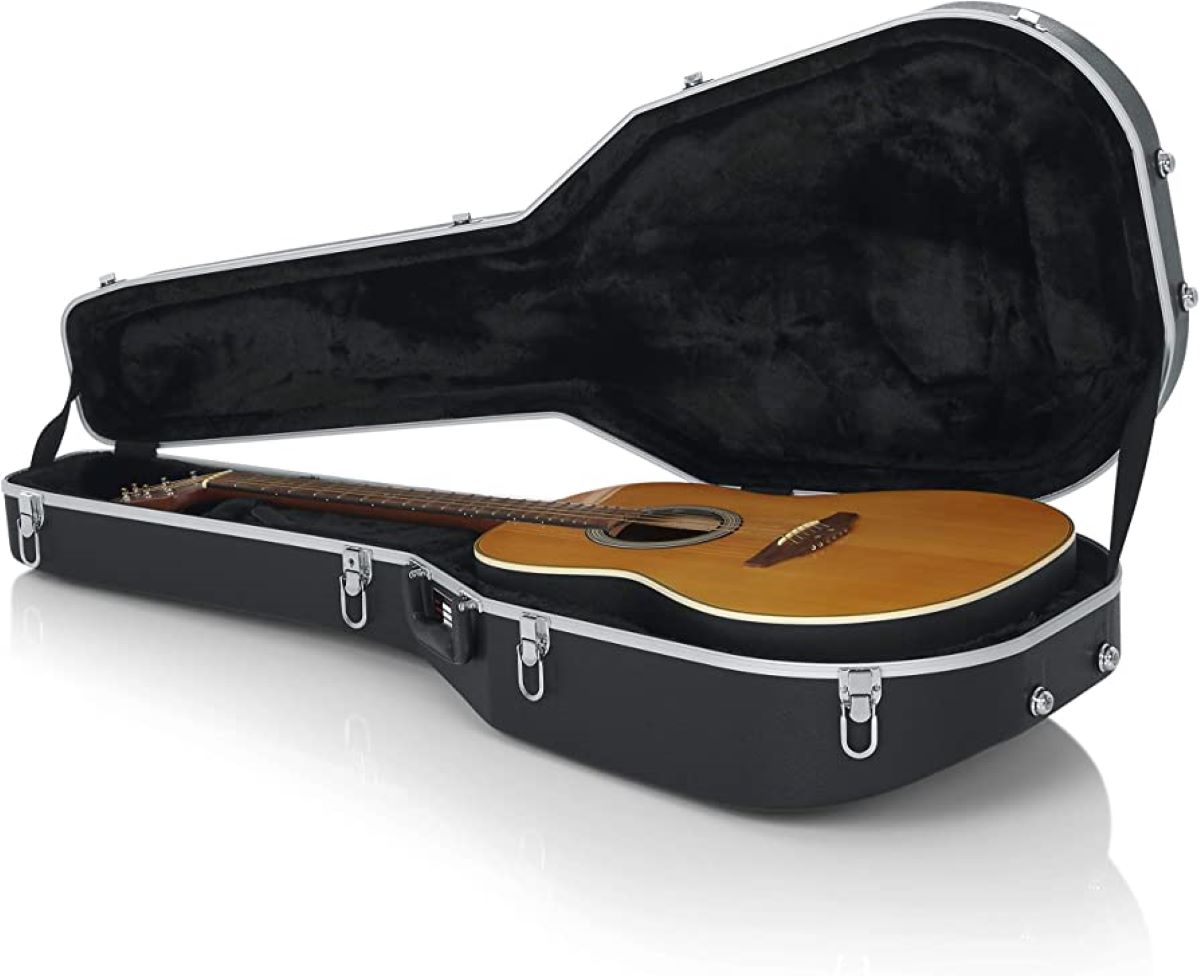
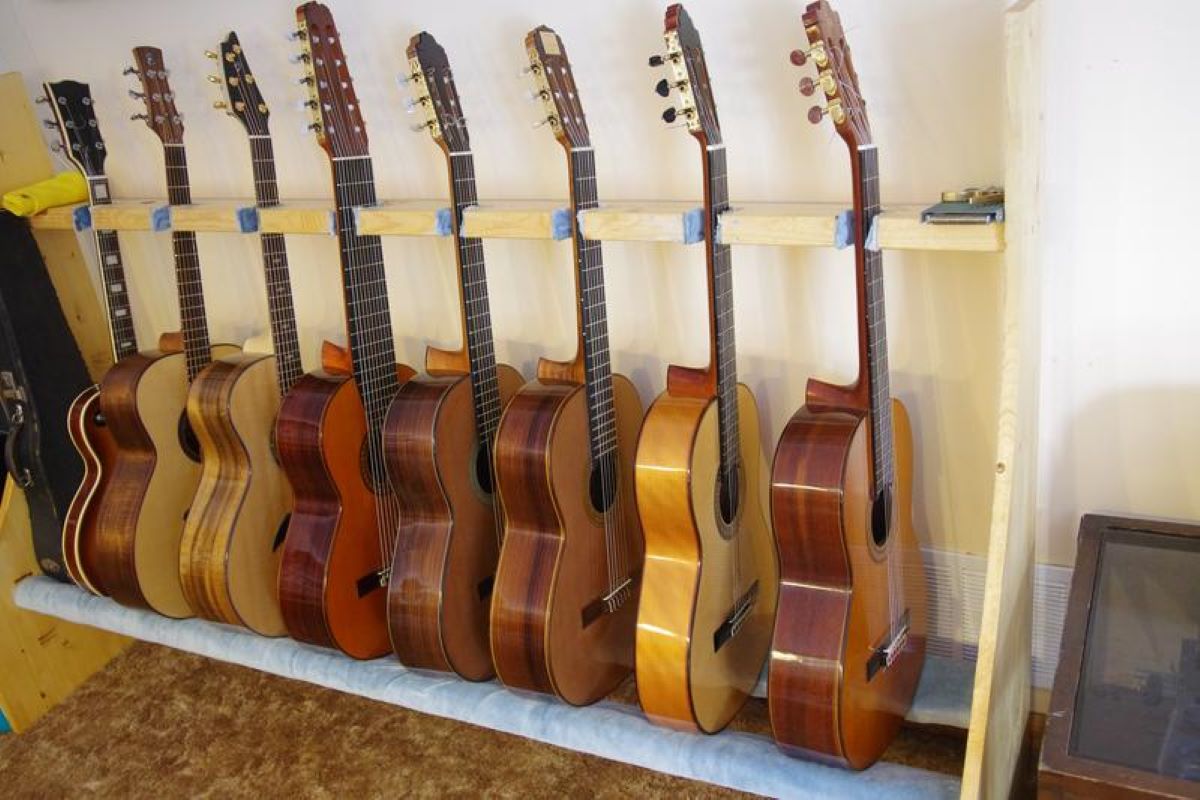
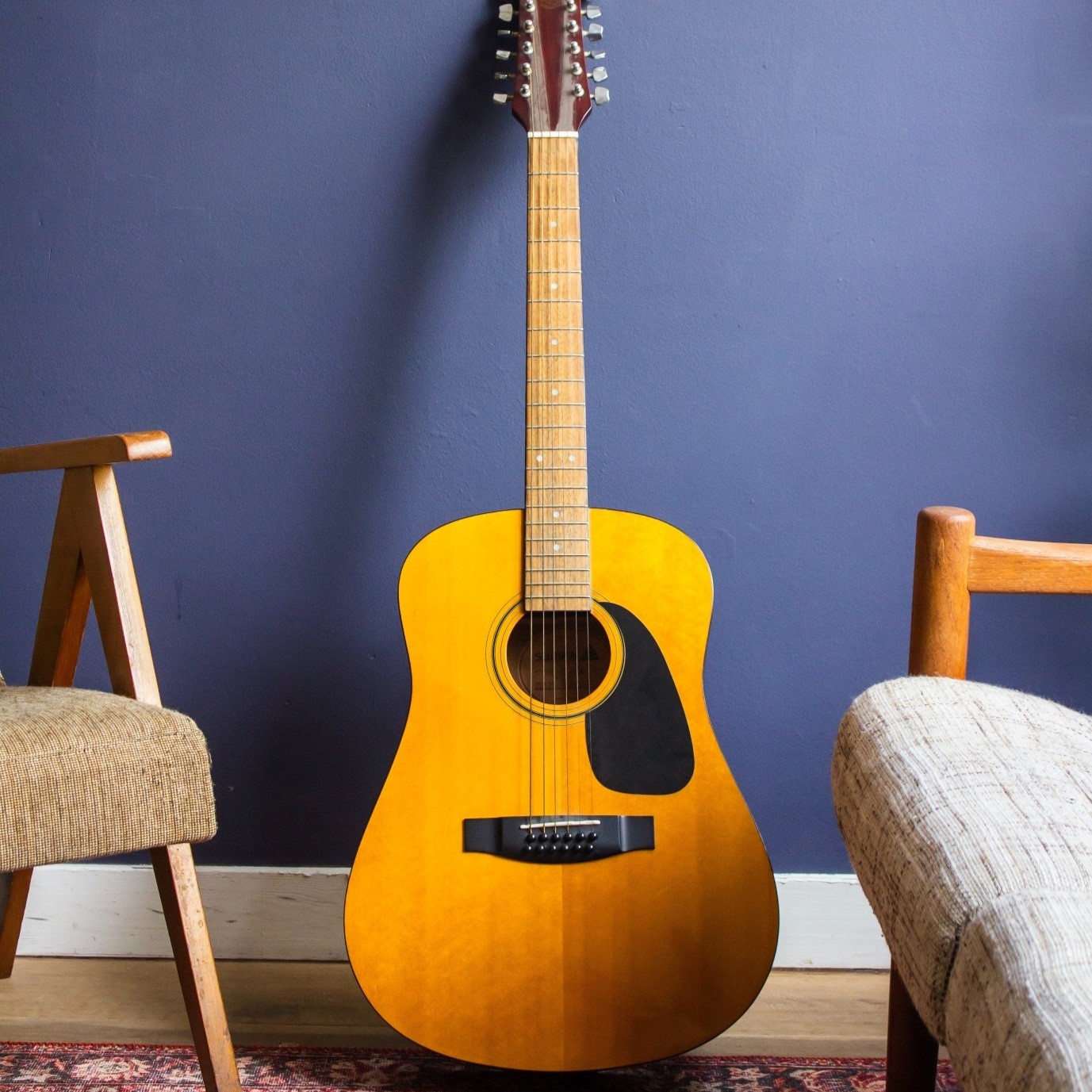
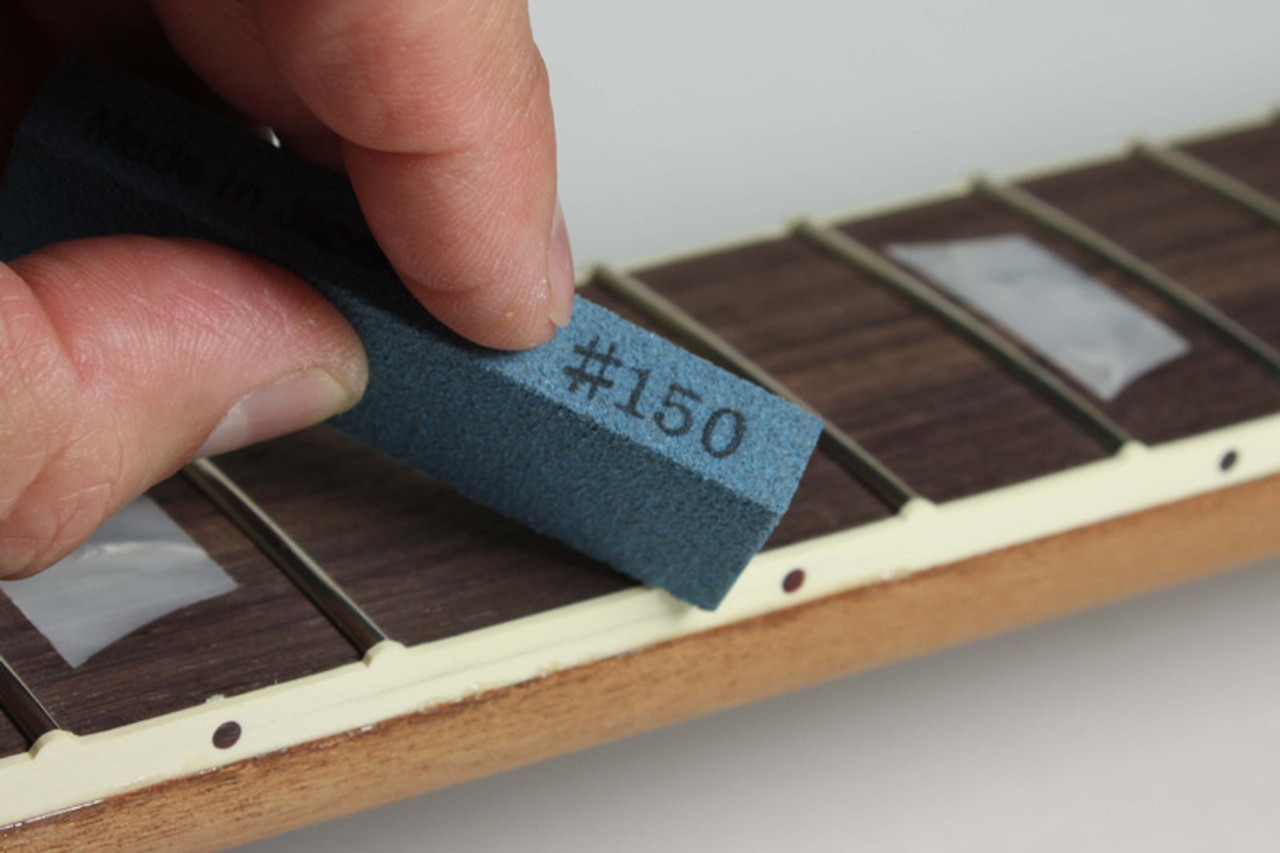
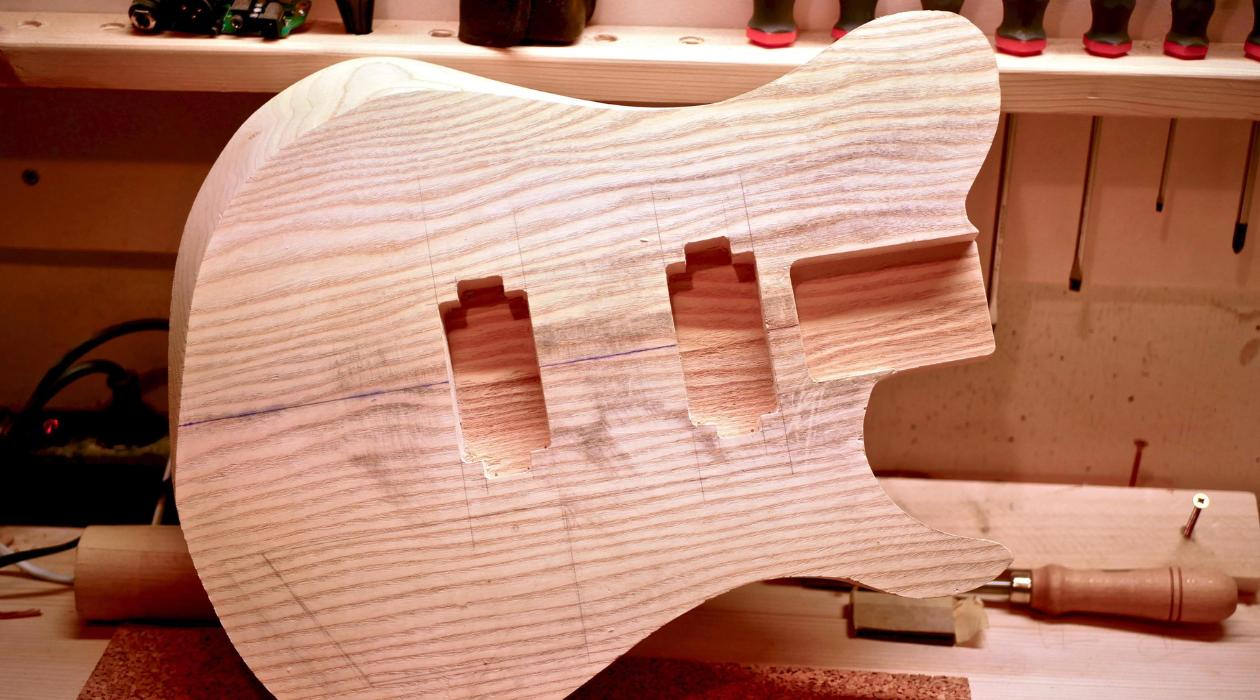
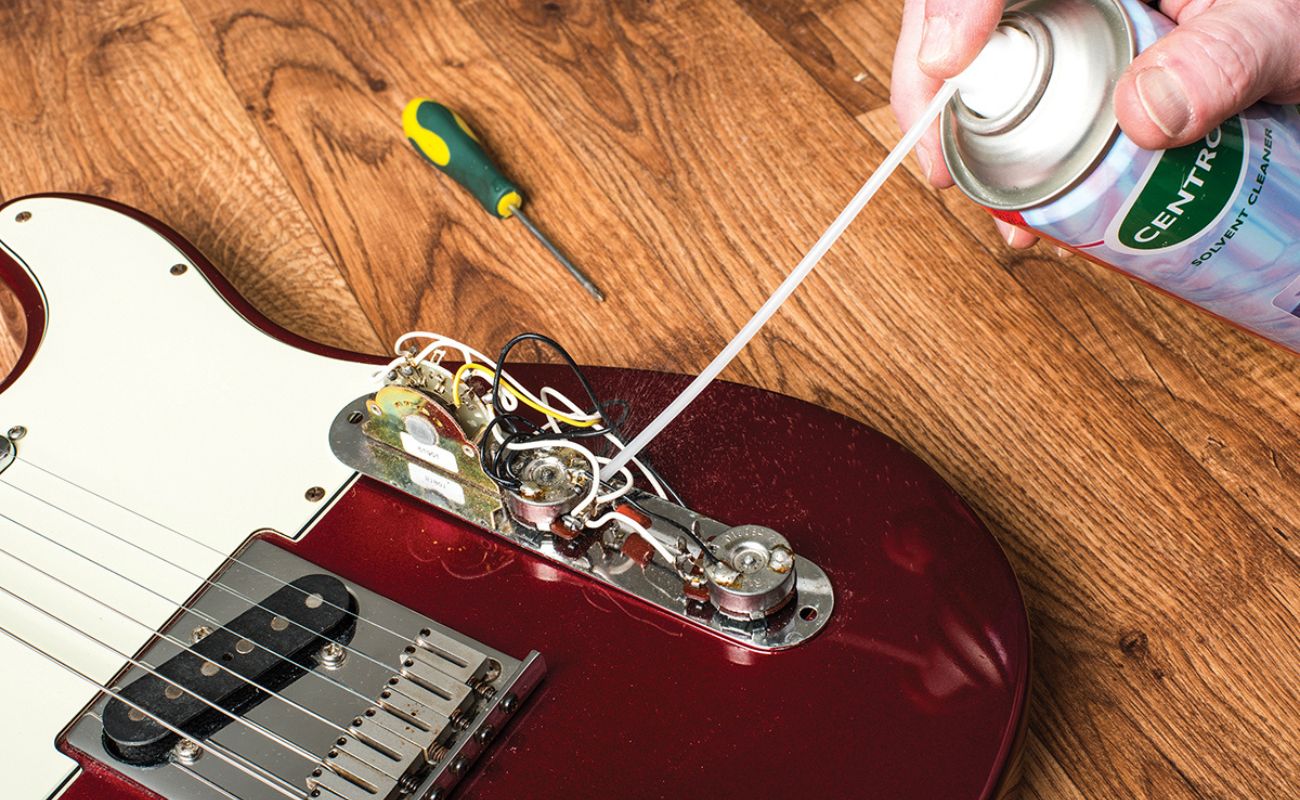
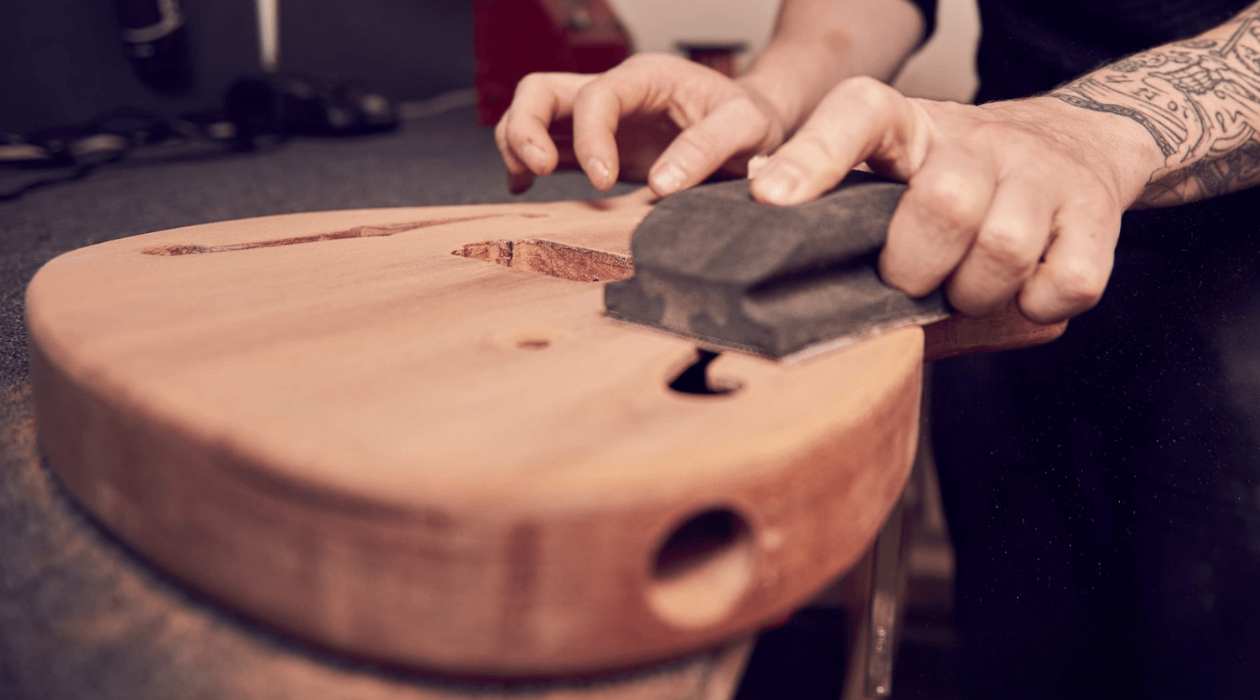
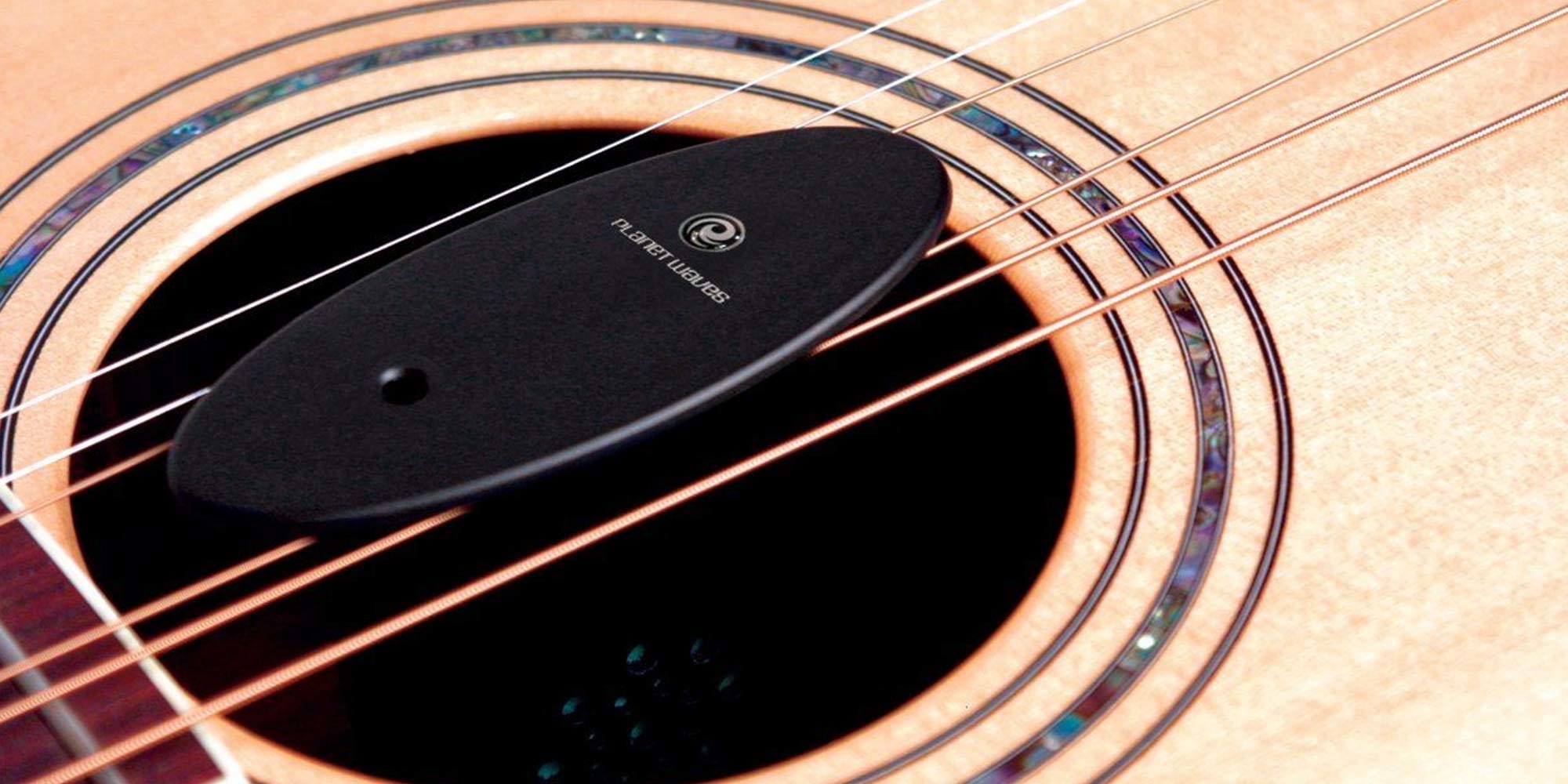
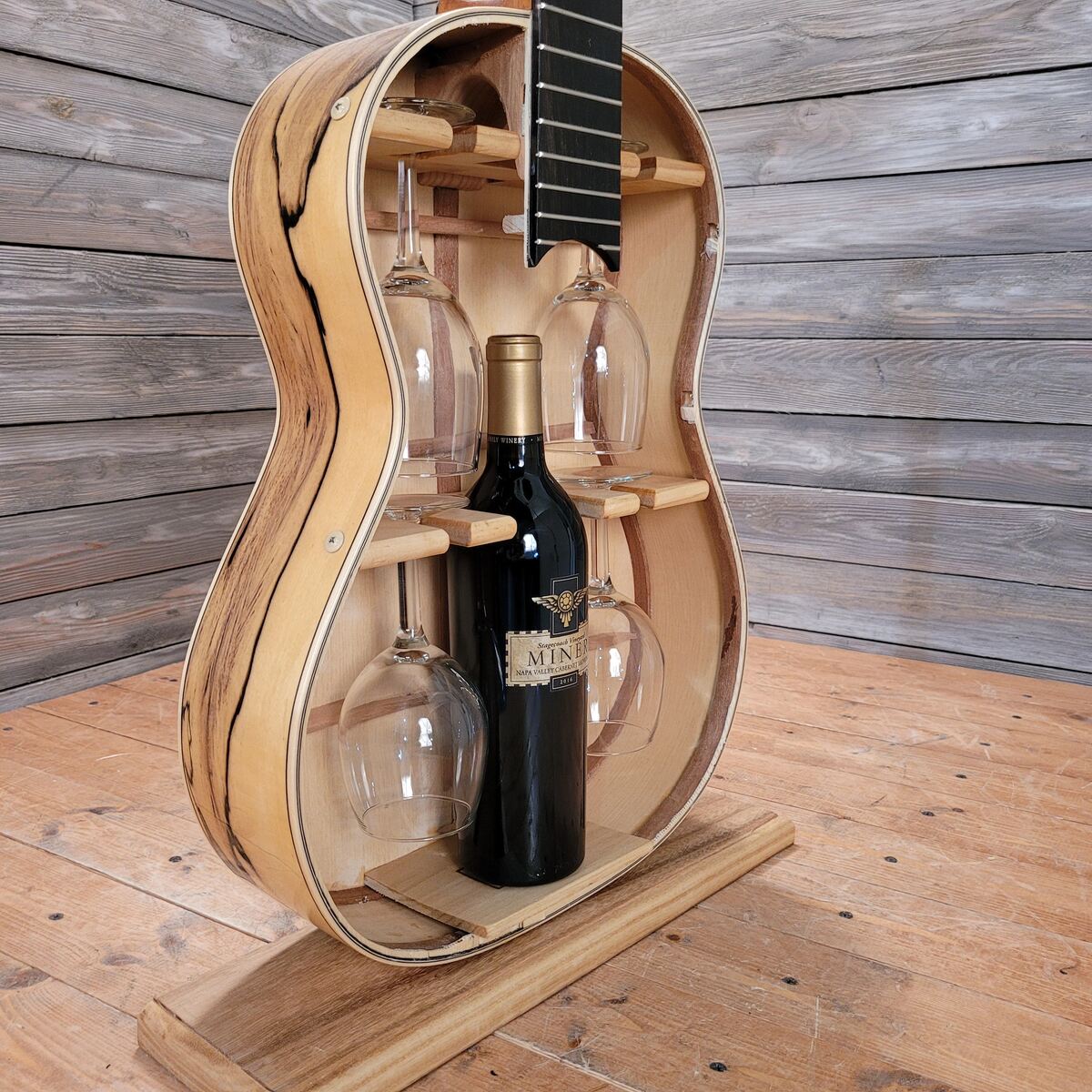
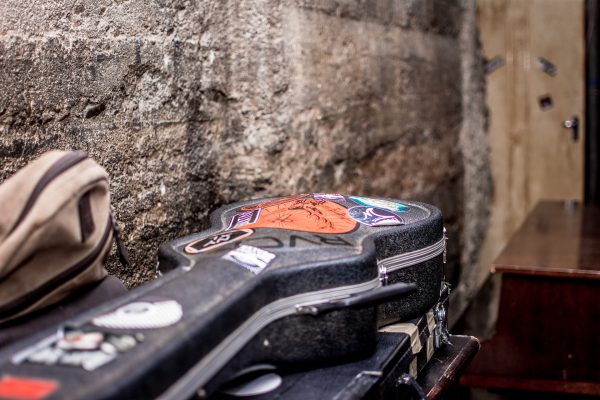

0 thoughts on “How To Store A Guitar”